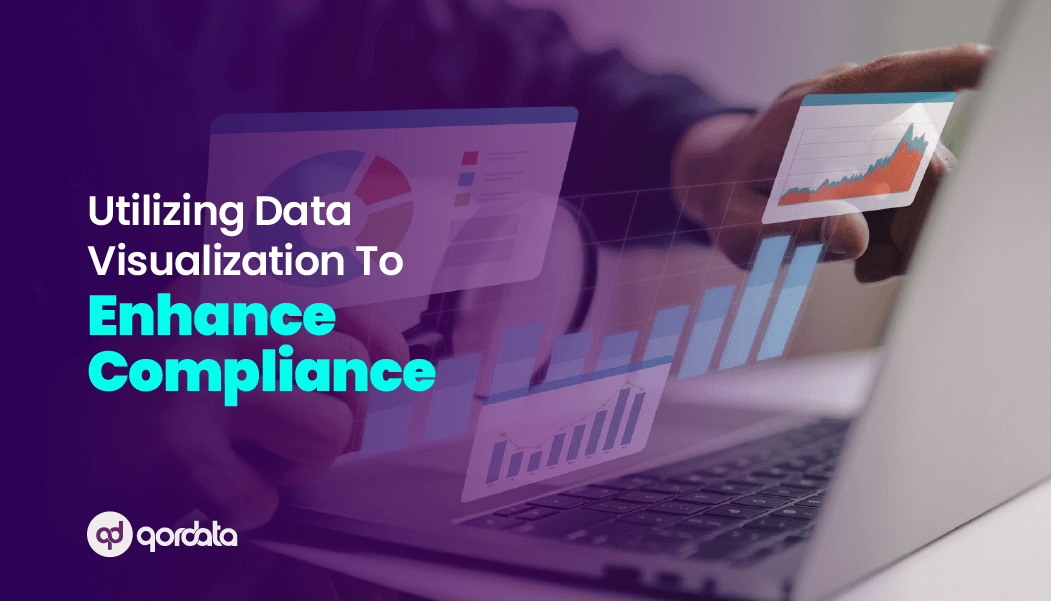Table of Contents
ToggleCompliance requirements can be difficult to abide by, but a strategic process consisting of the identification of risks, analysis, and remediation can play an essential role in enabling drug and device manufacturers to develop effective compliance programs.
But before diving directly into the development phase, first and foremost comes the necessity of understanding the totality of the compliance risks that drug and device manufacturers are prone to in case their compliance program is ineffective.
In most cases, life sciences companies and compliance teams tend to take shortcuts where, instead, they should invest their time in seeking information, skills, and products that can mitigate their compliance challenges effectively.
Compliance officers and drug and device manufacturers need to realize that compliance doesn’t have to be challenging, and by adopting advanced solutions, i.e., Compliance monitoring, life sciences can respond to stringent compliance requirements strategically and efficiently.
Challenge 1: The Time Consuming & High Cost of Compliance Audits
Compliance audits are time-consuming and can cost life sciences companies a fortune. The allocation of internal resources towards compliance audits and monitoring burdens the organization with additional tasks and costs that, in return, compromise the efficiency that can generally be achieved.
Lengthy documentation, data collection, validation, sorting of data and information, examining audit questionnaires, reporting, security standardization, abiding by SOPs, and reiteration of the documents provided are some daunting tasks that small to mid-size companies and large-scale organizations experience while conducting compliance audits.
However, the cost of non-compliance is perceived to be greater than the cost of compliance due to reputation damage, fines, penalties, and even bans.
Proposed Solution
Operating in silos and suddenly joining hands during compliance audits is why audits have become a nightmare for most life sciences companies.
Instead, a centralized compliance management system or a compliance suite that eliminates manual work and ensures readiness for government inquiries would significantly reduce additional workforce requirements, increase efficiency, and provide real-time evaluation capability of local issues and compliance requirement changes.
Challenge 2: Lack of A Better and Faster Resolution of Complaints & Disputes
A growing concern across the industry relates to resolving the complaints and disputes that can arise after the Open Payments data has been submitted to the CMS or received internally from patients, staff members, or other sources.
What’s challenging here is that resolving a complaint or dispute can take several hours or longer, making it a lengthy process when conducted without automation.
Proposed Solution
Automation is the key to addressing the challenge mentioned above.
Through automation, compliance professionals can build workflow processes for different departments that identify and resolve complaints and disputes quickly.
With the addition of automated software, your team could determine and create solutions to address complaints and disputes, ensuring quick mitigation and allowing you to continually monitor and assess problems as soon as they’re identified.
Challenge 3: Conducting Compliance Training
A fundamental element of your corporate compliance success depends on how trained your internal workforce is in abiding by compliance requirements. However, shifting compliance from mere rule-based to compliance based on ethics and integrity is challenging.
The best practice for creating a culture of compliance friendliness is to conduct comprehensive and informative compliance training sessions with employees.
In addition, identifying gaps, risks, lags, and other potential challenges while conducting compliance training sessions only add more complexity to the already challenging process.
Moreover, the ever-changing policies, procedures, and regulations demand organizations to be swift and agile in keeping up with the changes, let alone training new and existing employees to abide by them.
Proposed Solution
Bringing the industry’s best compliance experts to provide compliance training to your internal workforce would help them level up according to the compliance demands and understand the entirety of the risk involved.
To make the training sessions accessible for all employees, you can create custom online training modules. With training modules, you’ll be able to provide compliance training to remote and in-house employees.
You can also update specific sections of your training program in case compliance rules and regulations change to ensure that up-to-date information is always accessible to your compliance team and other professionals.
Challenge 4: Using Data-Driven Approach to Lead Through Life Sciences Compliance
One specific part of compliance is aggregate spend reporting, which is the process of collecting, analyzing, validating, and submitting spend reports to CMS.
The spend reports prepared can also be termed as historical data that companies can use to improve their current compliance program, strengthen decision making and mitigate conventional and emerging compliance risks.
But to avail of these advantages, drug, and device manufacturers need to understand the importance of data-driven solutions that empower organizations with analytical capabilities designed to help them unlock the full potential of data.
Proposed Solution
A rigorous and well-structured approach to unlocking the potential of data through compliance solutions would help the organization understand the important questions that the overall business is trying to solve through proactive insights.
Analyzing data would also enable manufacturers to gain a competitive edge in the market by uncovering patterns that other life sciences companies determine their aggregate spent regime and developing testable hypotheses or predictions that can be refined and monitored to drive an organization’s strategic decisions.



